
Terry Tatum, Lecturer
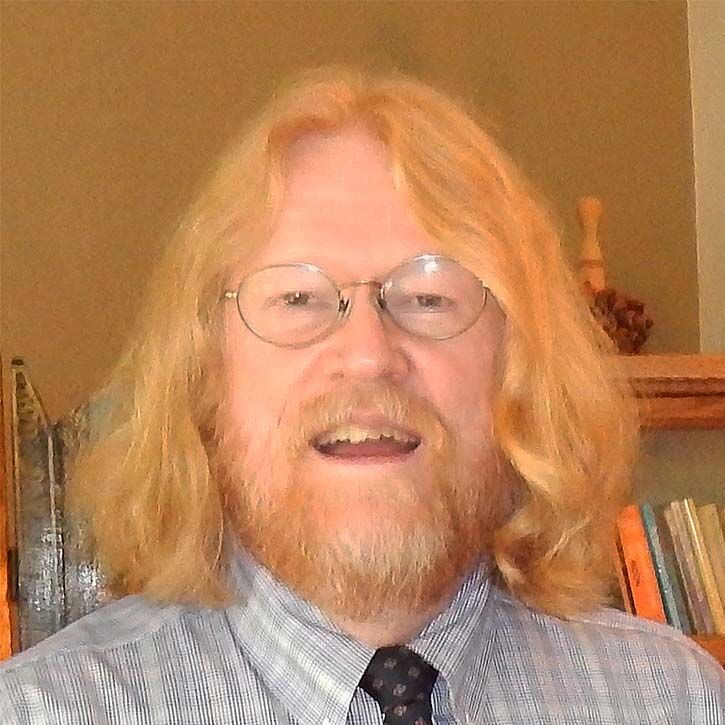
Terry Tatum has taught a number of courses in the Historic Preservation program at the School of the Art Institute of Chicago, but nearly all involve intensive historic research.
“If I have a preservation philosophy, it’s that the first thing you always need to know about a resource before you do anything else is its history. You need an understanding of its significance and how that significance fits into the larger scheme of the community.”
Since he first joined the Historic Preservation faculty in 1999, Tatum has taught core classes like Archival Documentation, the History and Theory of Historic Preservation, and the History of American Residential and Institutional Architecture, all of which have a strongly historical and academic focus. For these courses, Tatum draws on his own experience and skills learned as a scholar and as a longtime researcher for the city of Chicago’s Commission on Chicago Landmarks.
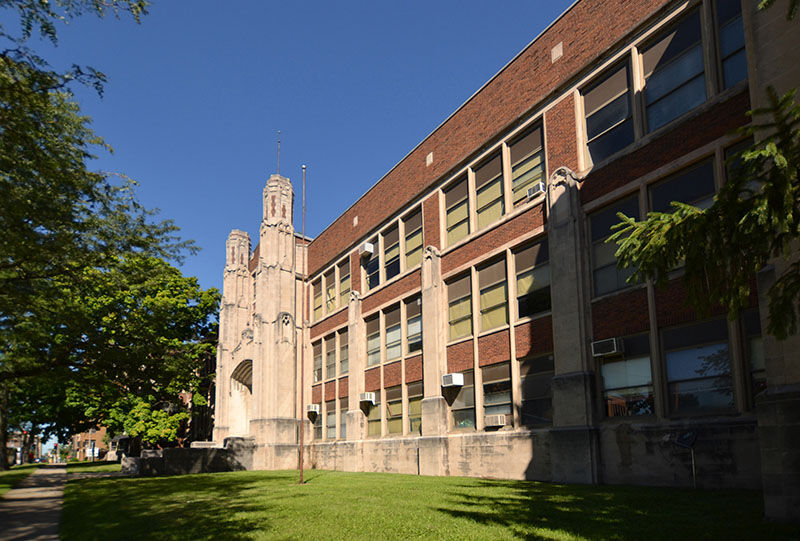
Still, Tatum is no navel-gazing academic; he is very much attuned to today’s preservation issues, and has recently developed elective course called the Politics of Preservation. In this course, Tatum (co-teaching with Landmarks Illinois President Bonnie MacDonald) lays out the various values, goals, and expectations of the wide variety of constituents and stakeholders in preservation projects.
A native of Kentucky who “grew up on a tobacco and cattle farm,” Tatum first arrived in the Chicago area to pursue a PhD in English history at Northwestern University.
“I was there for about a month before I realized it was a mistake for me. I was still interested in history, but I was interested in a history I could see and touch.” That decision led him to apply to historic preservation graduate programs, and Tatum completed his degree at Columbia University in the early 1980s. Although Tatum enjoyed and was challenged by his time in New York, he enjoyed it for its similarity to Chicago and returned to his adopted city soon after completing his degree.
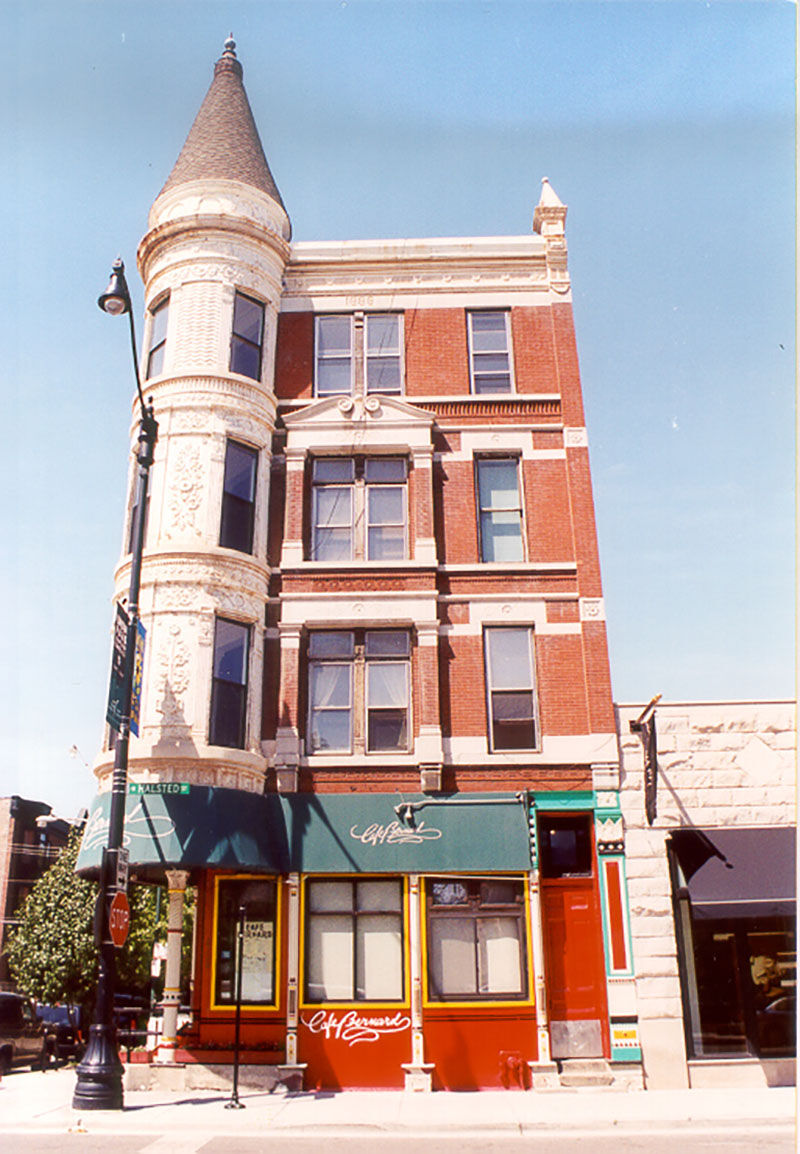
One of Tatum’s first postgraduate jobs was with the Commission on Chicago Landmarks working on the Chicago Historic Resources Survey (CHRS). “They needed some young, energetic preservation professionals,” Tatum recalled, “and really, that was the job that sent me in the direction of my career, because it gave me the informed background that allowed me to make decisions about significance and an understanding of what is and isn’t important architecturally here in Chicago.”
Tatum also shared that while working on the CHRS, he met many of the professionals in historic preservation, architecture, and history who he still knows and works with today, including a number of instructors in SAIC’s Historic Preservation program.
“We’re all stars in one constellation,” Tatum joked. “Really, that’s a great thing about this city and this program – you can meet other like-minded professionals and really become part of a community of preservationists who are working in different aspects of the field and are interested in different historic resources.”
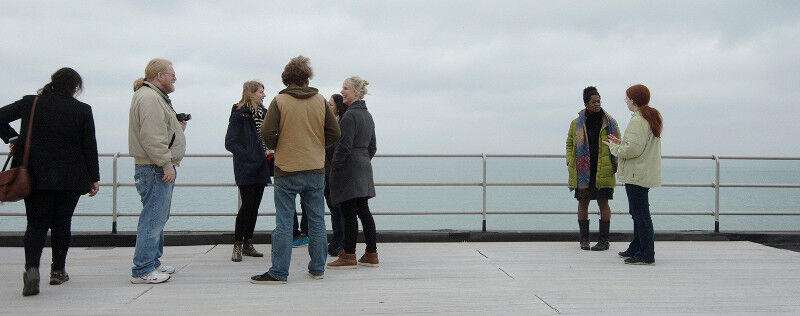
Following his six years on the CHRS, Tatum returned to academia, entering a doctoral program in art and architectural history at the University of Illinois at Urbana-Champaign. The flexibility of student life allowed him to teach and do freelance preservation work, including the National Register nomination of the Loop Retail Historic District and a number of landmark designation reports for the city.
On the support of his freelance work and his previous stint as a surveyor, Tatum was re-hired by the city’s Landmarks Division (which by this point provided staff support for the Commission on Chicago Landmarks) as an architectural historian in 2000; within a few years, he was heading up the entire survey and landmark designation program. Between 2000 and his retirement in 2014, Tatum estimates that he researched and wrote upwards of 50 landmark designation reports and managed the legally-complex designation process for them.
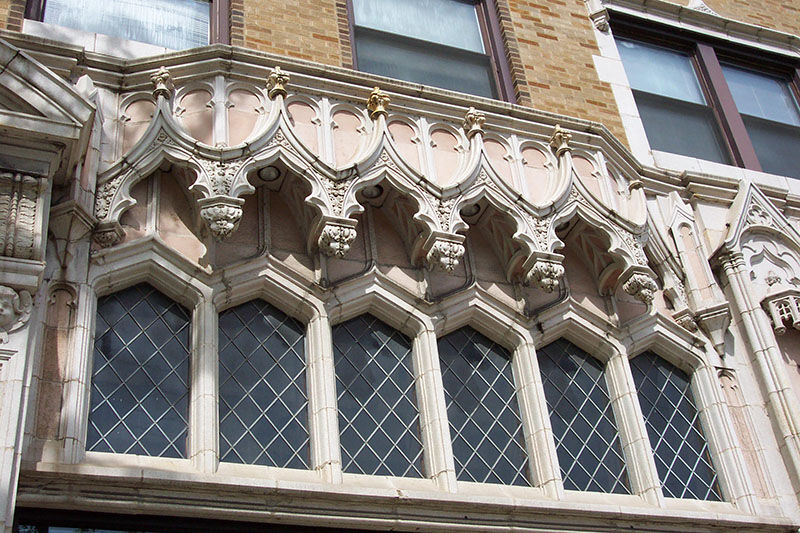
In retirement, Tatum has focused more on teaching, both at SAIC and Columbia College Chicago, bringing lessons learned from his 30-year preservation career into the classroom. He also continues to work professionally in the field, researching and writing reports in support of Chicago Landmark designations and National Register listings for a variety of private clients.
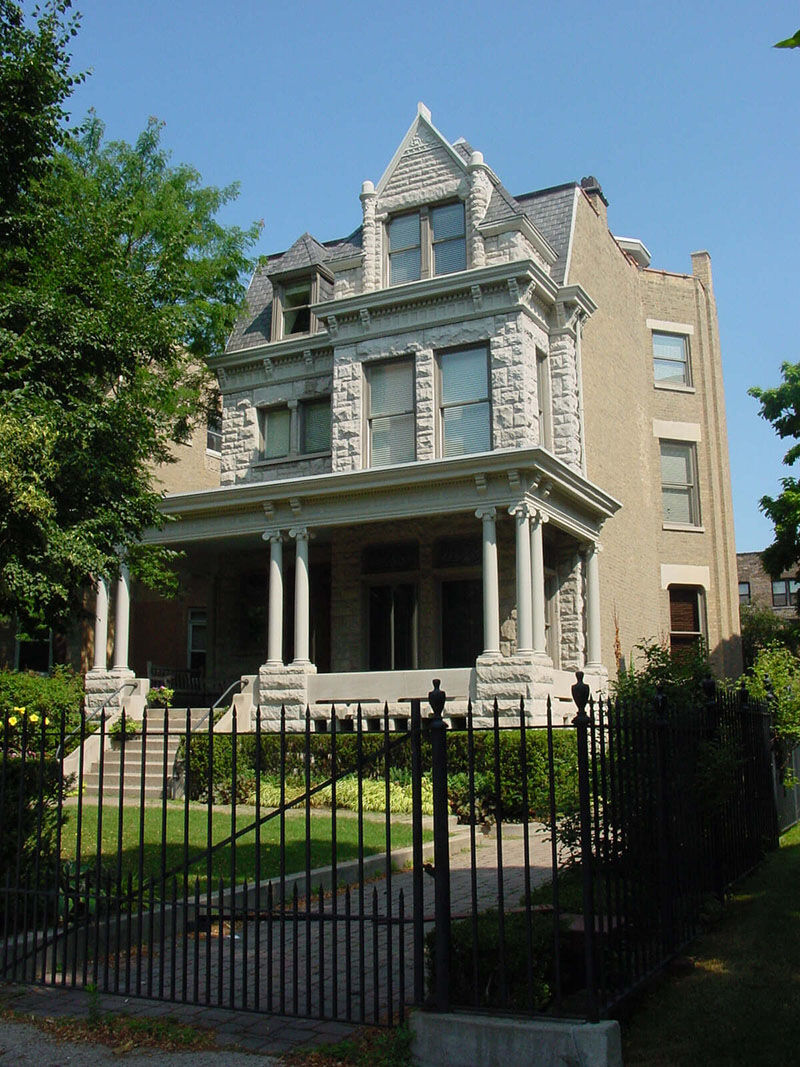
Tatum is pleased by the significant growth he’s observed in the field, both here in Chicago and more broadly. “When I was first applying to graduate school, public history didn’t even really exist…and now in Chicago, there’s so much access for young professionals to get experience at lots of different organizations. It’s a city where you can dive richly into all sorts of issues and concerns that inform historic preservation in the wider modern world. And it’s still the architectural center of the United States. You name it, Chicago has it in some form or another.”
Story by Monica Giacomucci (MSHP, 2015)
